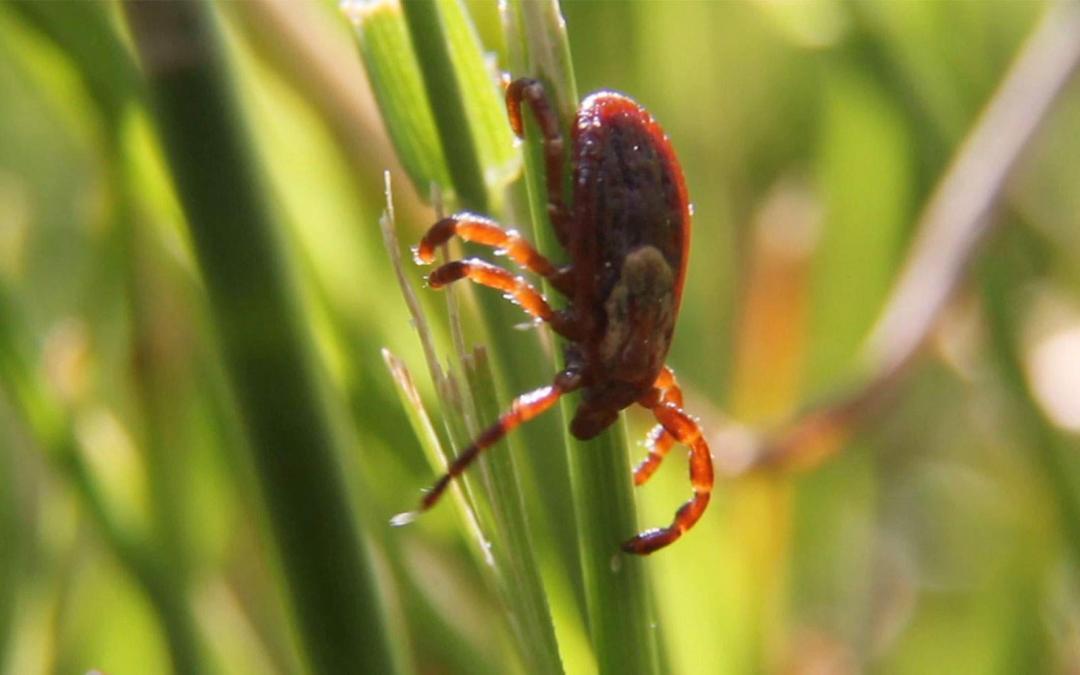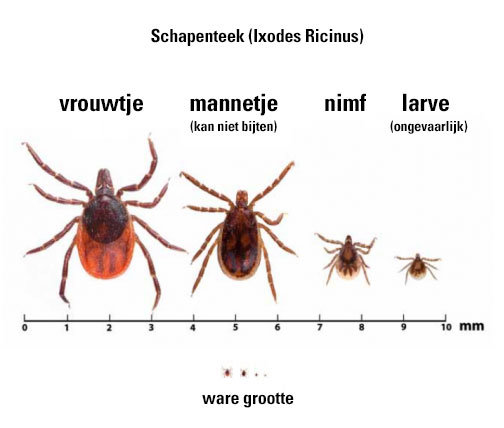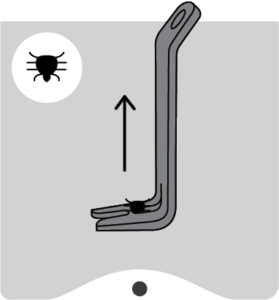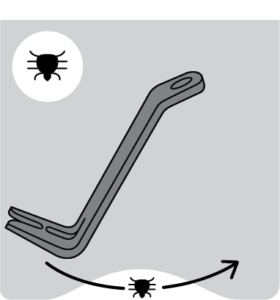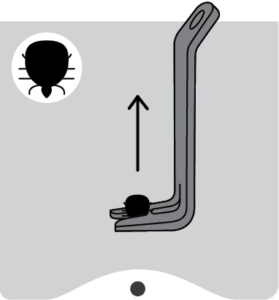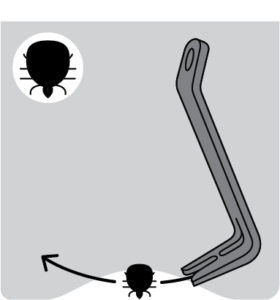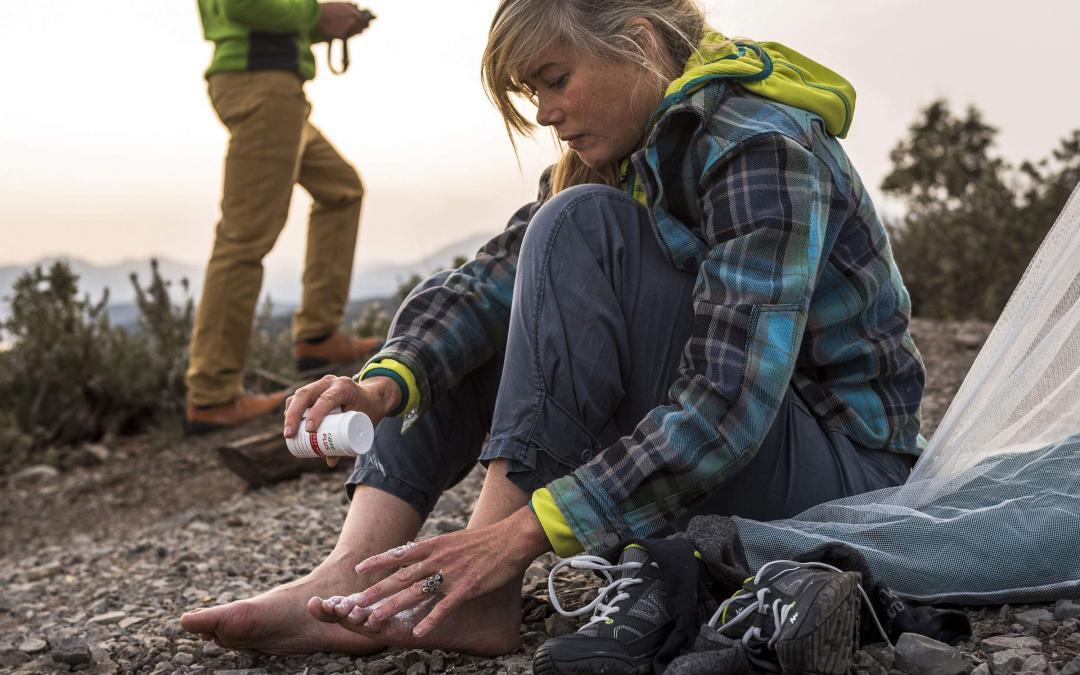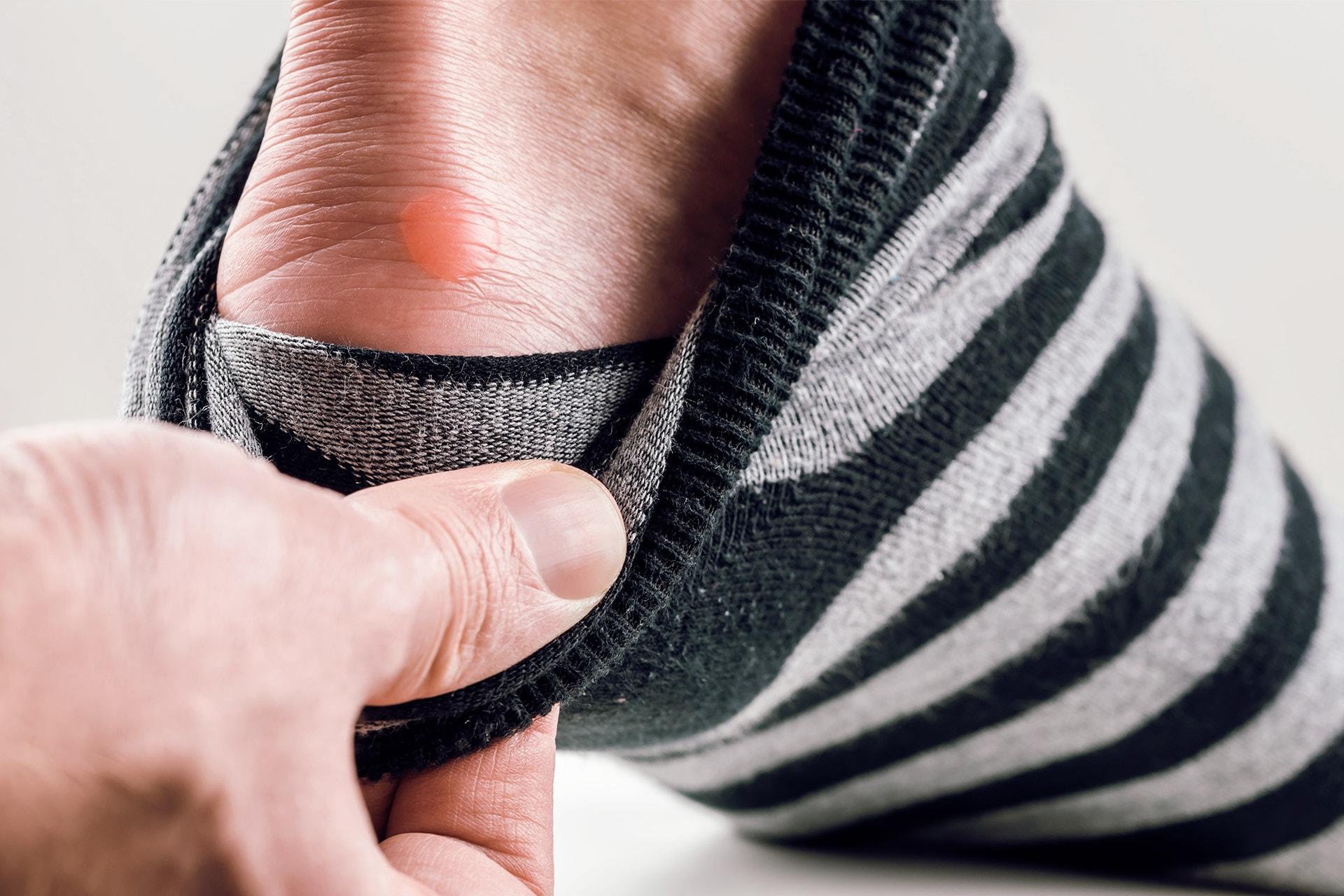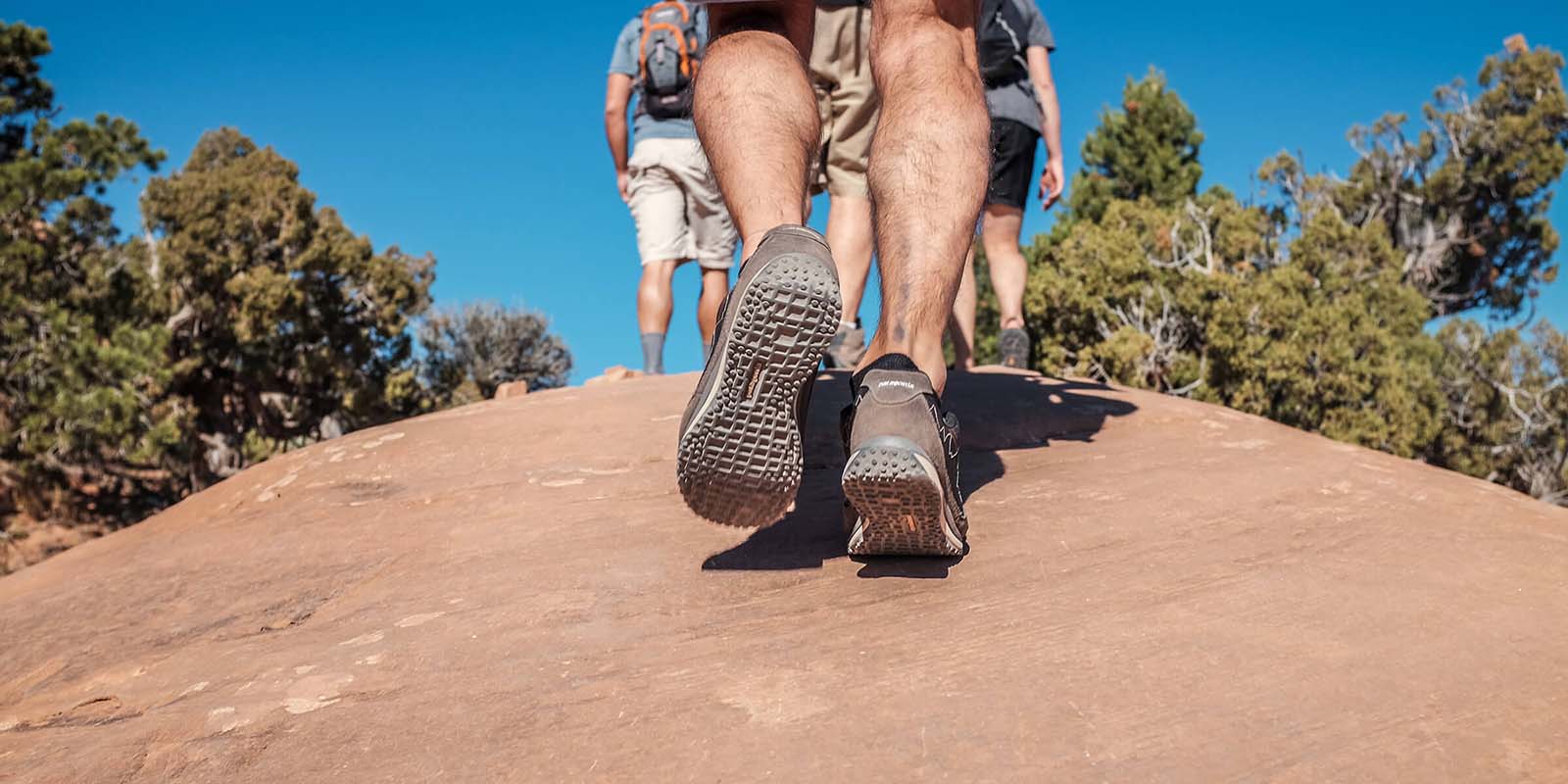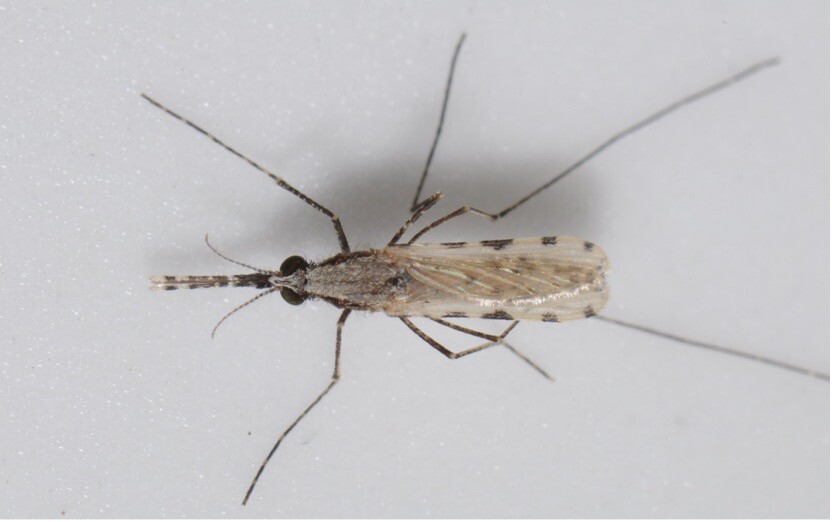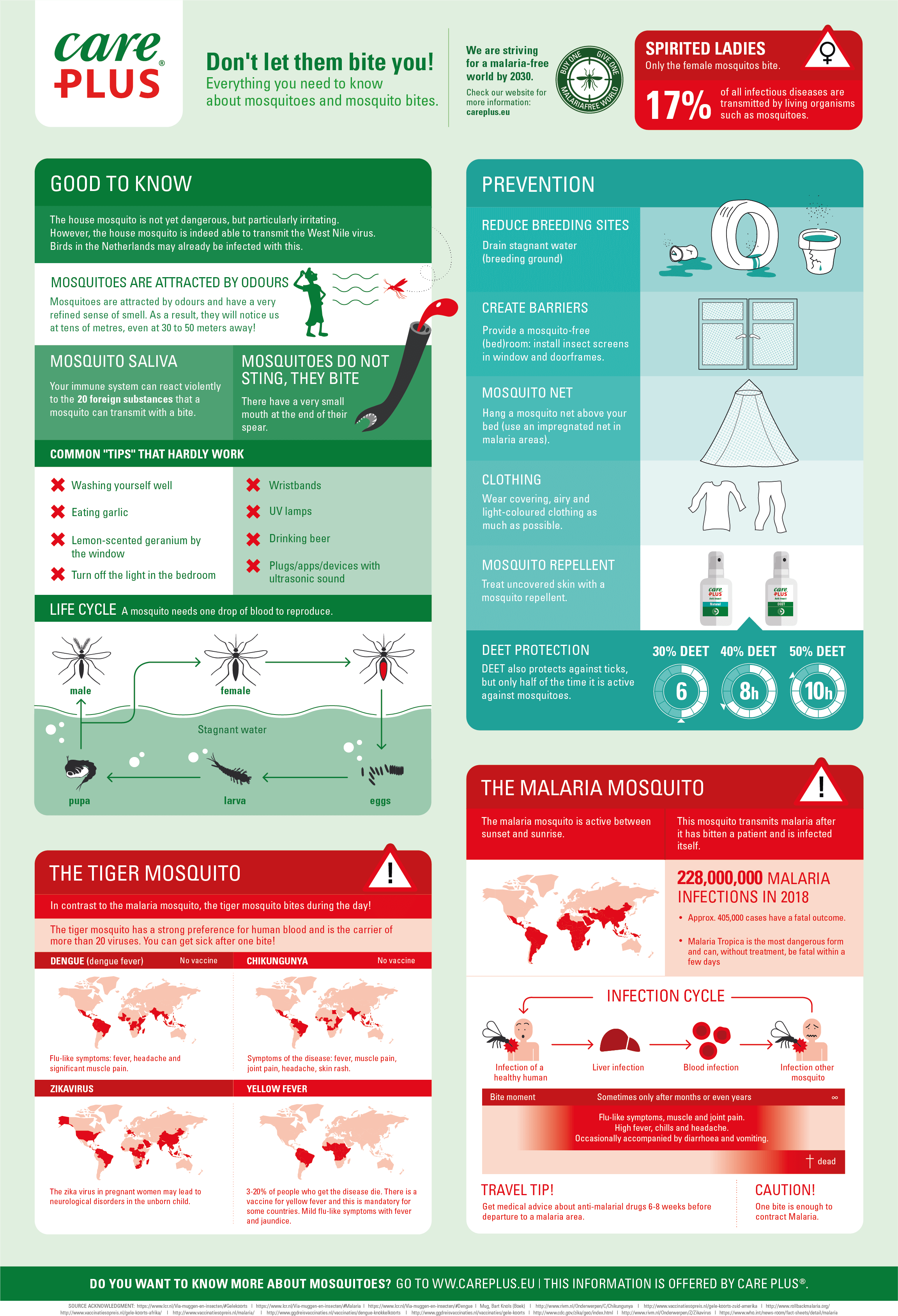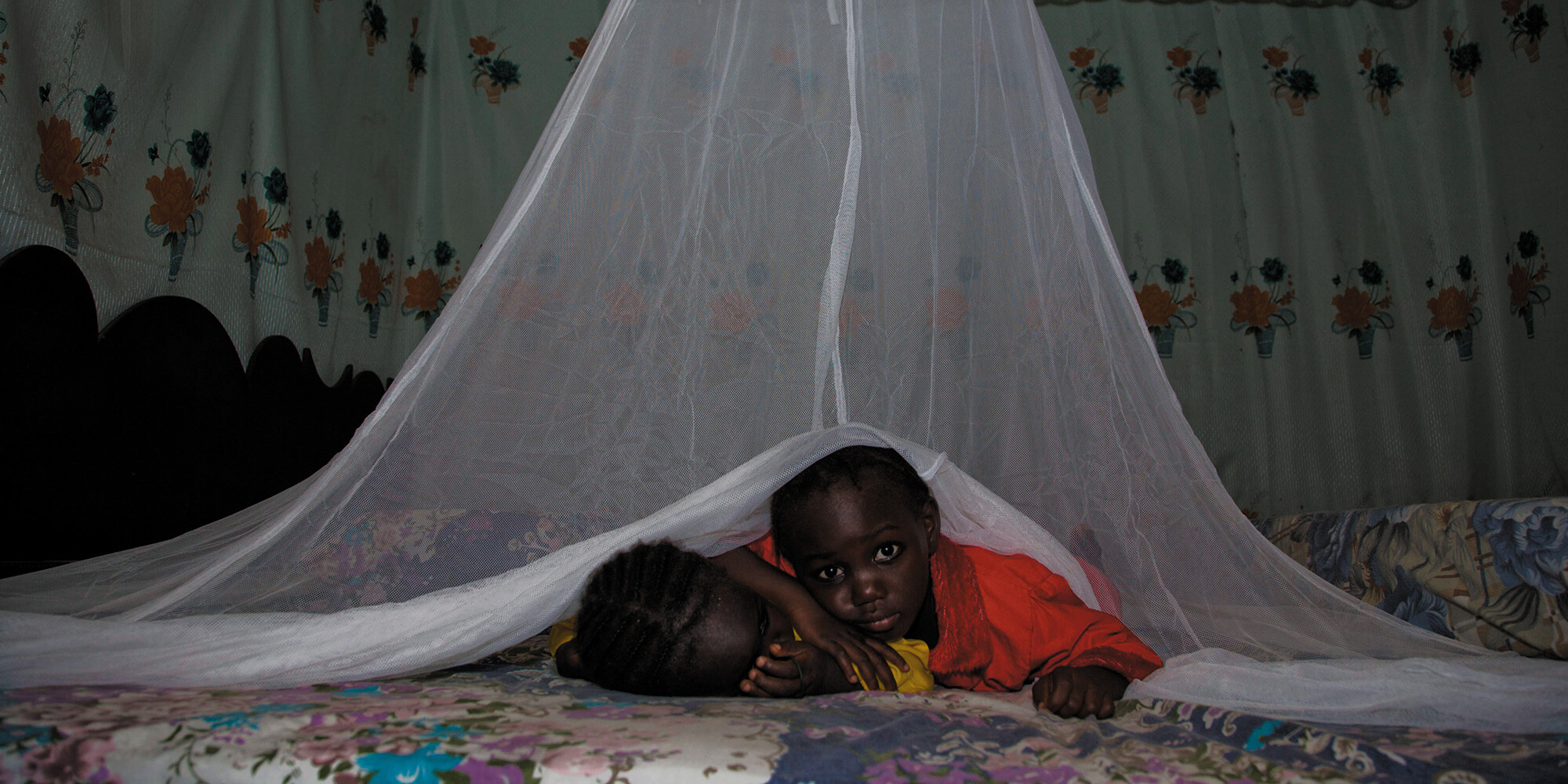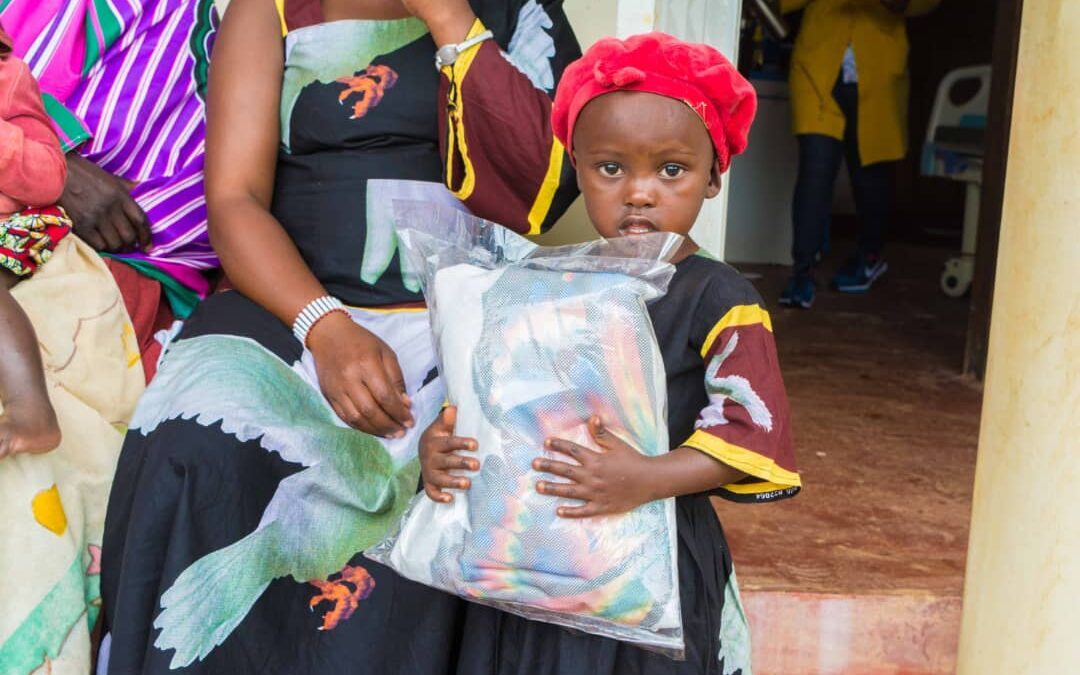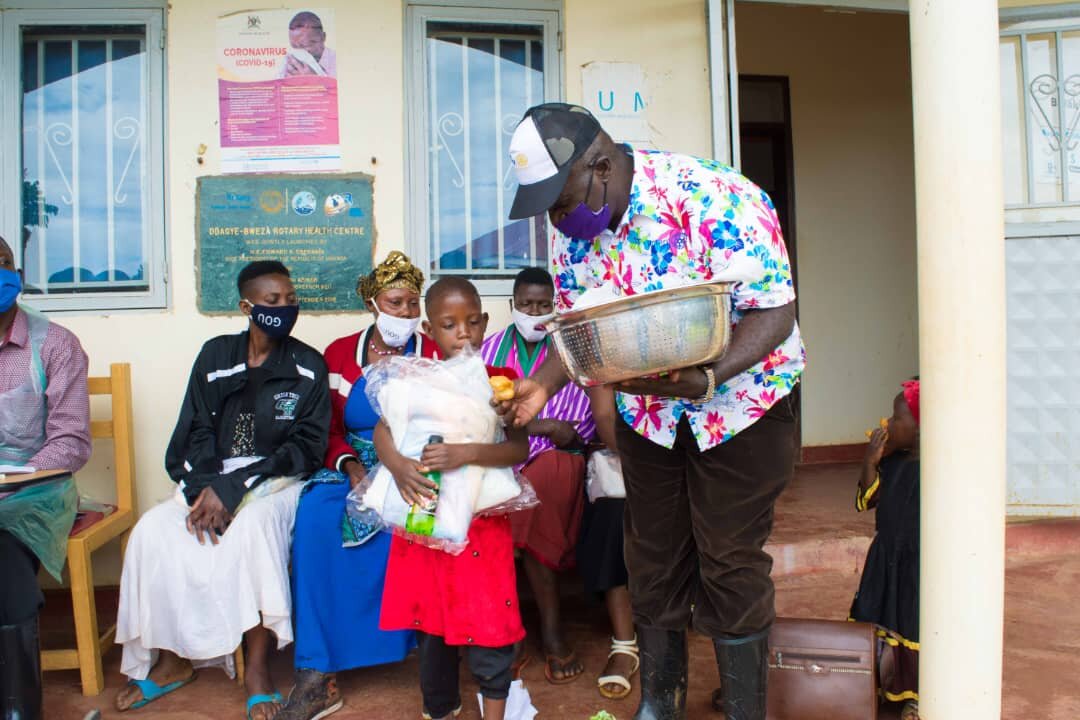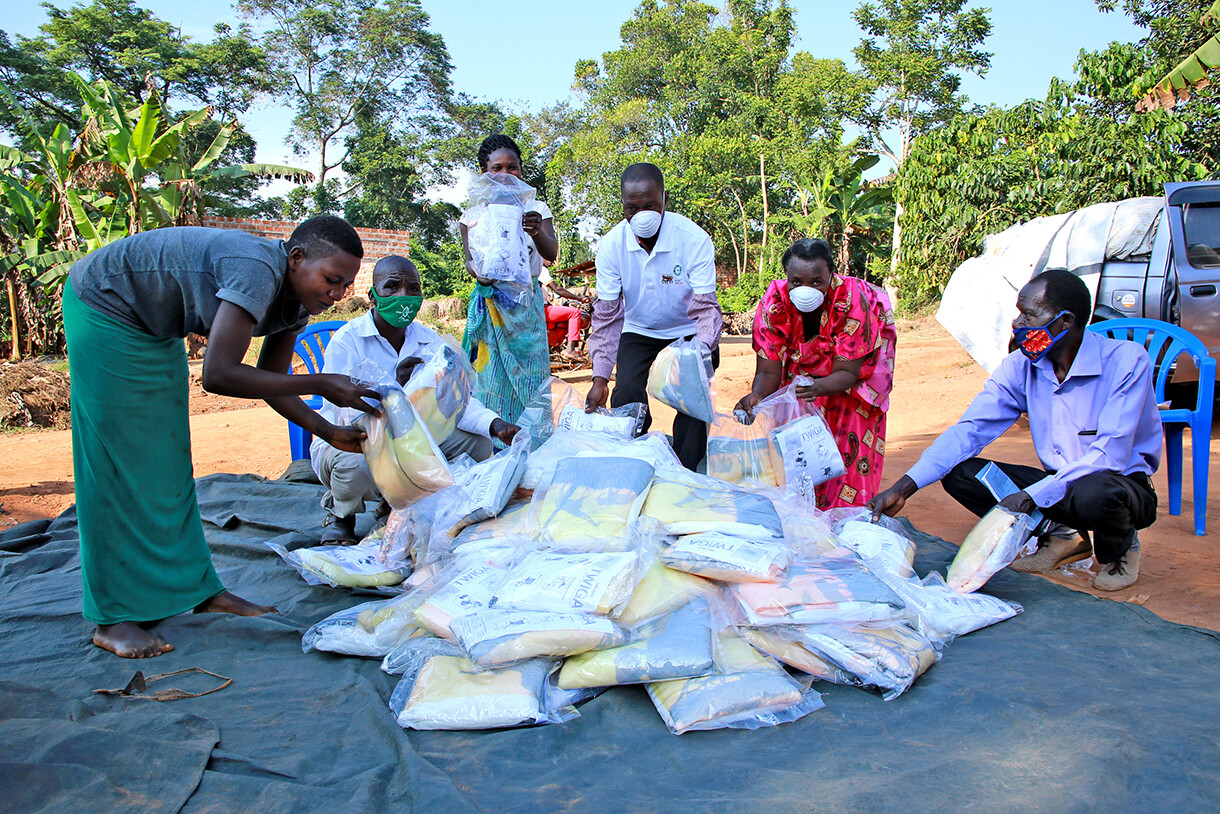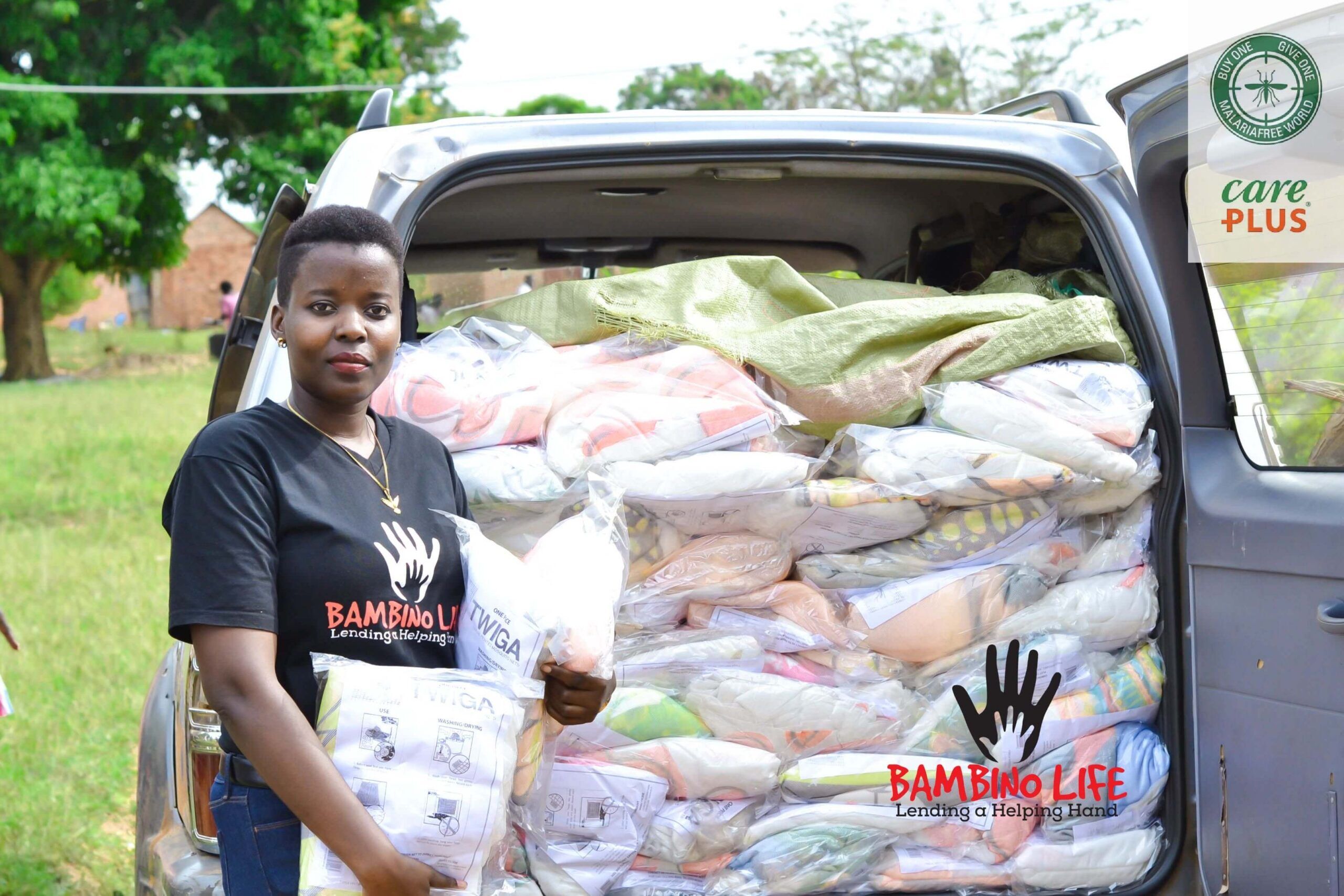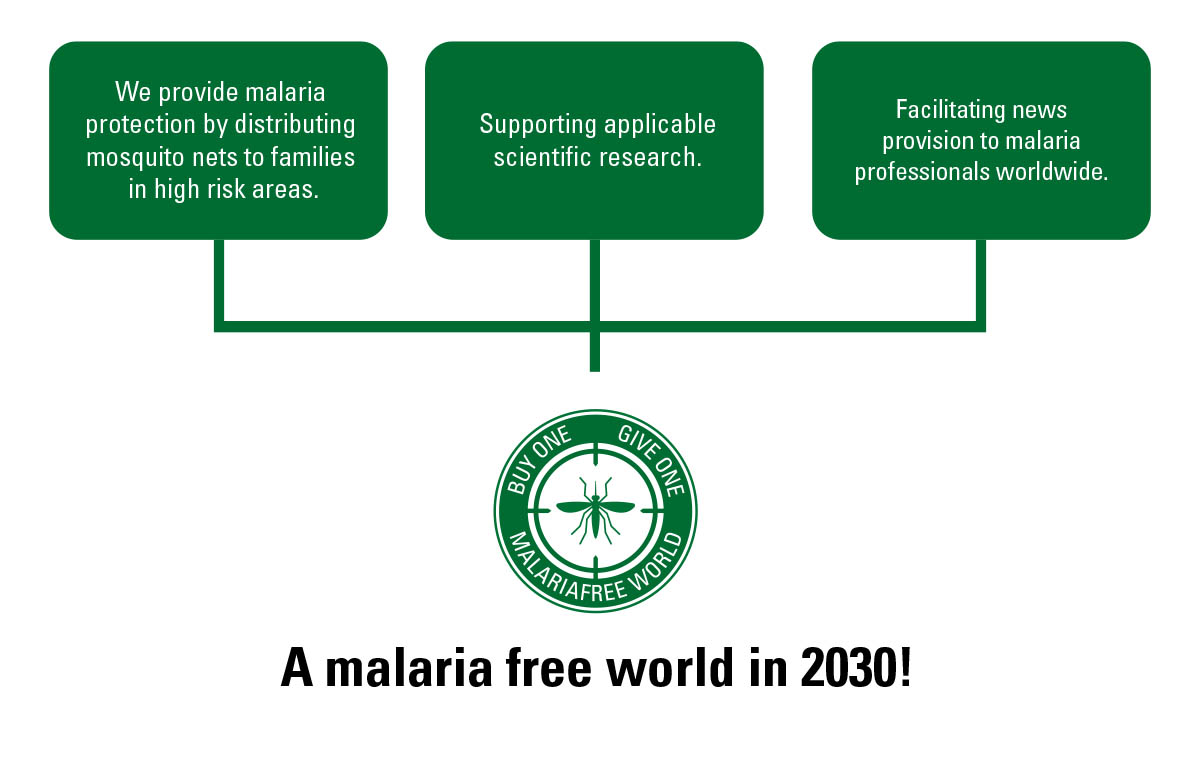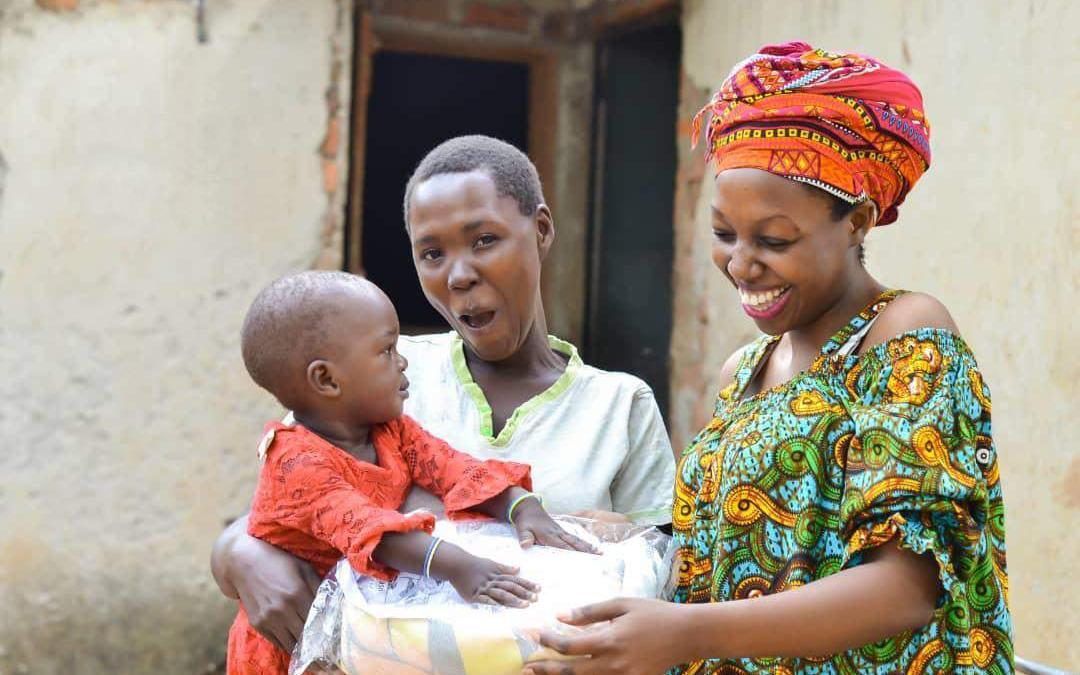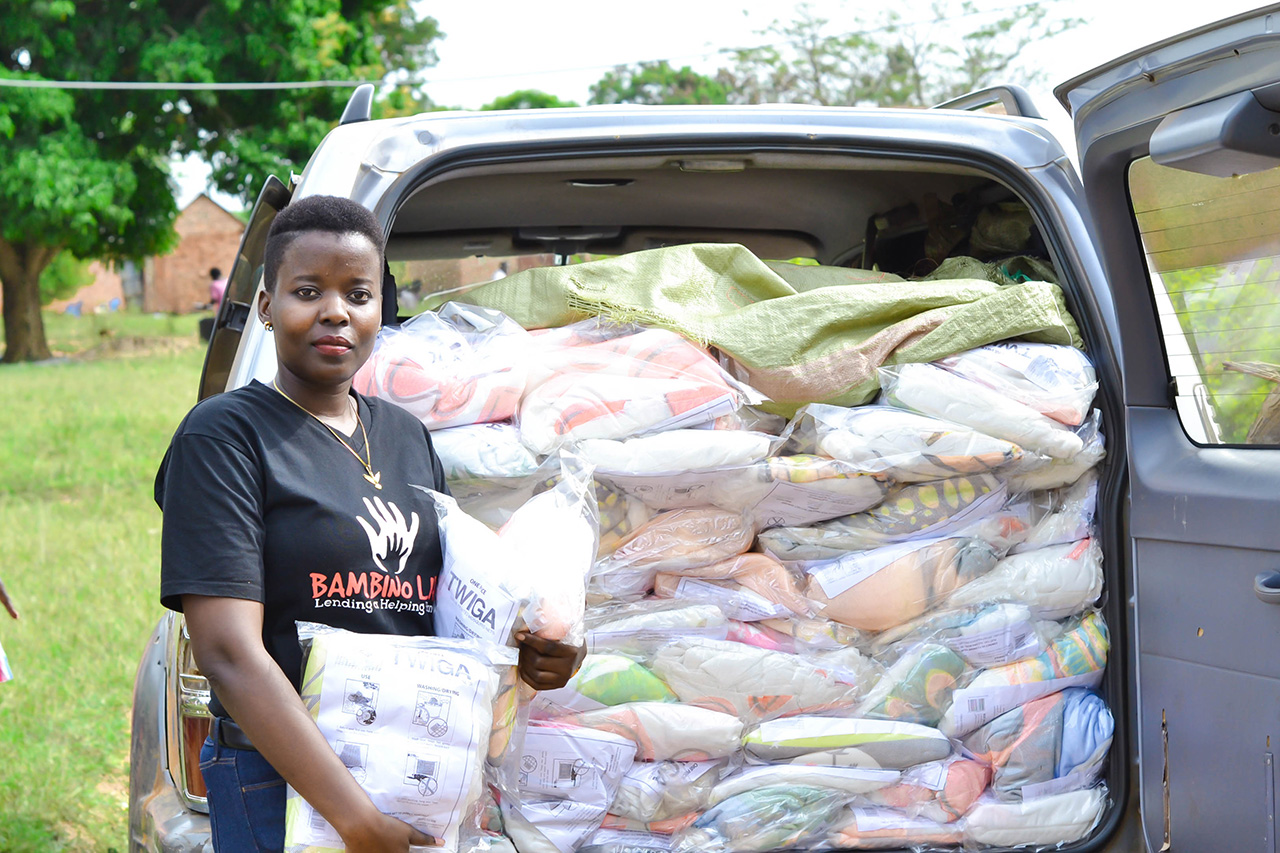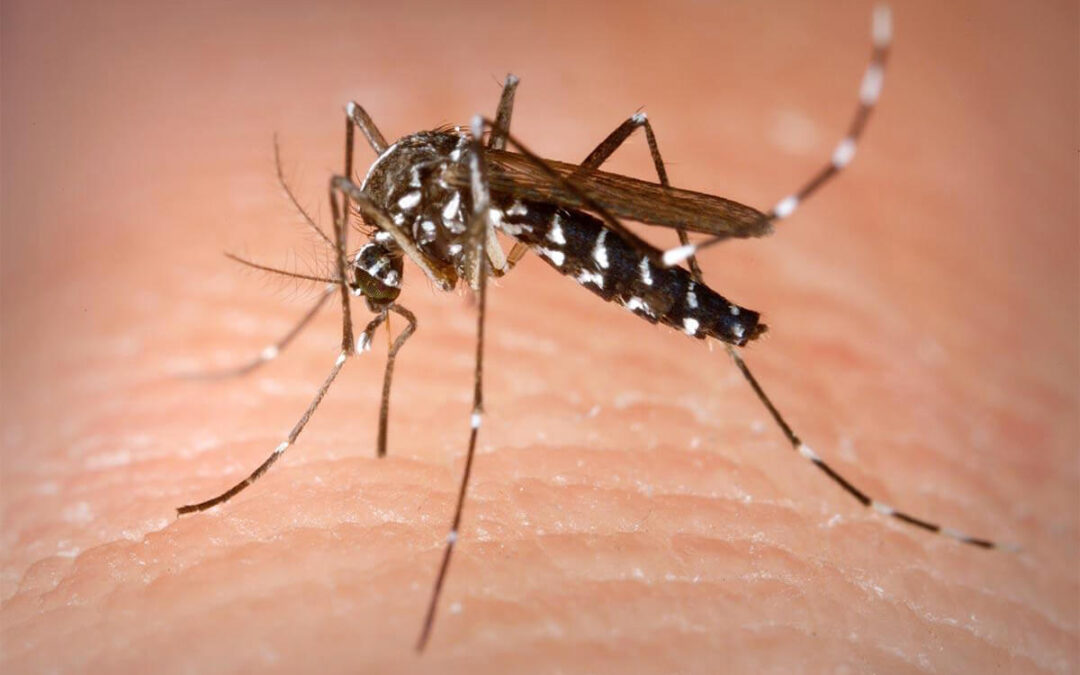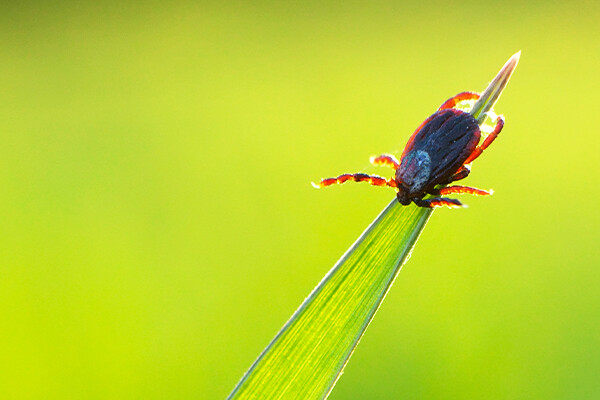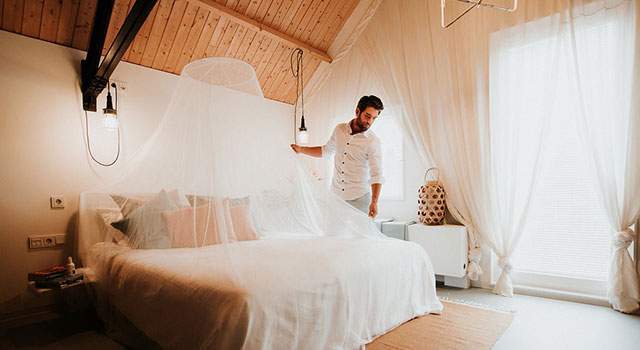
Sleep under a mosquito net at home too
You probably recognize it, that irritating buzzing around your head as soon as you try to sleep. The next morning you wake up with itchy red bumps on your body. Many people sleep under a mosquito net to keep insects at a distance when travelling far away, but a mosquito net is also ideal for use at home or during a holiday in your own country. A mosquito net keeps mosquitoes and other insects at bay so you can enjoy an undisturbed night’s sleep.
Mosquitoes infected with the West Nile virus
When it comes to the health of yourself and your family, you don’t take half measures. Mosquitoes can be a nuisance, like the buzzing around your head when you’re trying to sleep. A mosquito bite can also have bigger consequences, as mosquitoes are the transmitters of various diseases. In Europe, the risk of contracting a disease after being bitten by an infected mosquito is limited, but not entirely without risk. For example, the number of infections and (fatal) casualties because of the West Nile virus has increased sharply in the past year. It is expected that the real number of infections is higher, because about 80% of the infected people do not get any complaints. Not everyone is lucky. Some cases are so severe that these people must be admitted to the intensive care unit or, in extreme cases, die.
A non-impregnated mosquito net for use close to home
The house mosquito is responsible for transmitting the West Nile virus, among other things. This mosquito bites mainly between sunset and sunrise. You can prevent the risk of mosquito nuisance by sleeping under a mosquito net. For use at home or within Europe (e.g., camping) you can use a non-impregnated mosquito net*. Are you travelling to a malaria risk area? Then mosquito bites are much more dangerous. We advise you to take an impregnated mosquito net* in your suitcase or backpack to keep mosquitoes at bay.

How do you use a mosquito net?
A mosquito net doesn’t only protect you against mosquitoes, but also repels other insects while you’re sleeping. Make sure that the mosquito net is not too small, because if you sleep against the net, it doesn’t offer optimal protection. It’s also important that the net is closed on all sides. Only then the mosquito net offers extra protection against stinging and biting insects.
With the right care and mounting, a mosquito net will last for years after purchase. This way you can sleep comfortably and undisturbed for years to come. And you must admit, a mosquito net around the bed is quite romantic, isn’t it?

